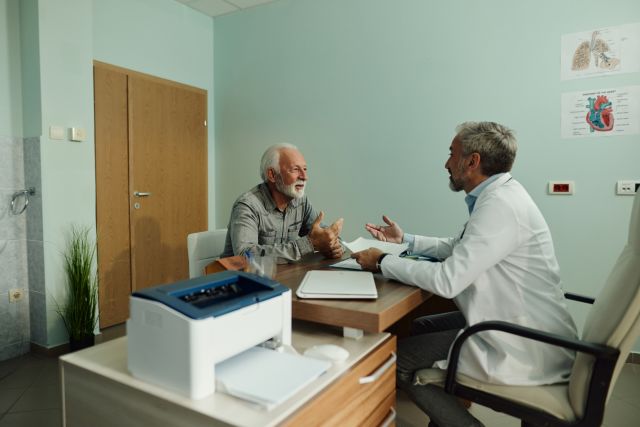Updated on October 20, 2023
Diffuse large B-cell lymphoma (DLBCL) is the most common form of non-Hodgkin’s lymphoma (NHL). It accounts for as much as 30 percent of all NHL diagnosed in the United States.
Lymphomas are cancers that begin in the lymph system. The lymph system is the network of immune cells, lymph nodes, lymph vessels, and organs that connect the immune system to different parts of the body.
Lymphomas are often described as being indolent or aggressive. Indolent lymphomas grow and spread slowly. Aggressive lymphomas grow and spread quickly. There are also lymphomas that are considered intermediate, which fall somewhere in between.
DLBCL is considered an aggressive lymphoma.
What makes DLBCL aggressive?
The cells that make up the body follow a strict lifecycle. This lifecycle determines things like the number of specific cells that exist at a given time, when those cells expire, and when new cells are formed. Cancers occur when mutations disrupt this process. This creates cancerous cells that multiply at a faster-than-normal rate and do not expire.
DLBCL begins with B cells
DLBCL begins when a type of white blood cell called a B cell becomes cancerous.
B cells are a type of lymphocyte. Lymphocytes are white blood cells that produce the antibodies that the immune system needs to get rid of viruses, infectious bacteria, toxins, and other harmful substances. Each time lymphocytes encounter a new harmful substance, they create a new type of antibody that helps neutralize that substance.
Healthy B cells multiply quickly, which helps the immune system create antibodies and fight off infections quickly. The proteins that enable B cells to divide quickly increase in number when B cells become cancerous, creating cancerous cells that multiply very quickly. Because DLBCL is located in the lymph system, it can spread easily to other parts of the body.
As the number of DLBCL cells increases, healthy white blood cells are crowded out, leaving a person with DLBCL vulnerable to infections. DLBCL can also involve many different organs and locations, forming tumors that press against, obstruct, or damage the stomach, intestines, respiratory system, and central nervous system (to name a few).
Treatment for DLBCL
Knowing how a cancer is likely to behave is an important piece of information when deciding how to treat that cancer. Because DLBCL is aggressive, treatment typically begins at diagnosis.
Treatment usually begins with a combination of chemotherapy (drugs that attack rapidly dividing cells) and immunotherapy (drugs that help the immune system fight cancer).
The choice of what therapies to use and the duration and schedule of treatment can depend on several key factors. These include:
- The subtype of DLBCL being treated. There are numerous different subtypes that exist within DLBCL. Many subtypes are categorized based on genetic mutations present in the cancer cells. Certain subtypes may respond differently to different therapies.
- The stage of the cancer. DLBCL is staged based on the number of lymph nodes and/or extra-nodal sites that are affected, where those nodes and/or sites are located, and if the cancer has spread.
- The person being treated. Cancer treatments take a physical and mental toll on the body. A person’s age and overall health are important considerations when making treatment decisions.
The best way to learn about your diagnosis is by working closely with your healthcare providers, who will always be your best source of information about treatment options and the many factors to consider when making treatment decisions.




